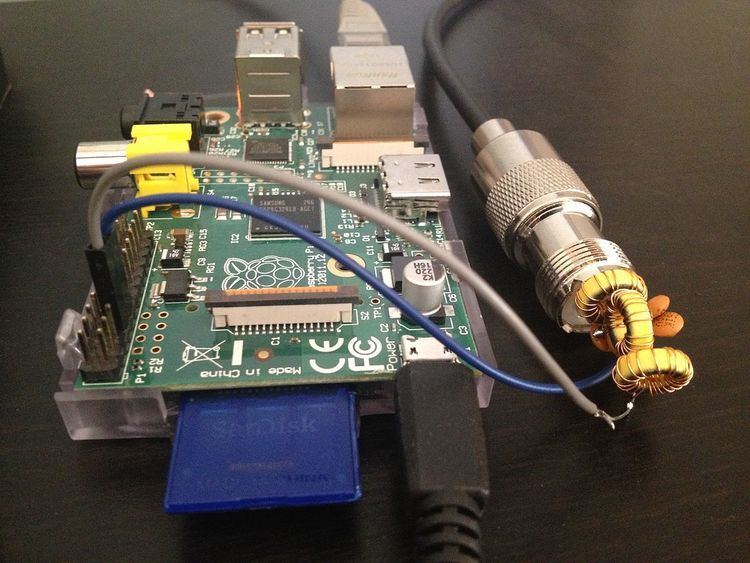Developer(s) Joe Taylor, K1JT Development status active | Initial release 2008 Operating system | |
 | ||
Written in Python (GUI), Fortran, C Available in English, Italian, Spanish, French, German, Japanese, Polish, Portuguese, Russian | ||
WSPR (pronounced "whisper") stands for "Weak Signal Propagation Reporter". It is a computer program used for weak-signal radio communication between amateur radio operators. The program was initially written by Joe Taylor, K1JT, but is now open source and is developed by a small team. The program is designed for sending and receiving low-power transmissions to test propagation paths on the MF and HF bands.
Contents
WSPR implements a protocol designed for probing potential propagation paths with low-power transmissions. Transmissions carry a station's callsign, Maidenhead grid locator, and transmitter power in dBm. The program can decode signals with S/N as low as -28 dB in a 2500 Hz bandwidth. Stations with internet access can automatically upload their reception reports to a central database called WSPRnet, which includes a mapping facility.
The WSPR Protocol
The type of radio emission is "F1D", frequency-shift keying. A message contains a station's callsign, Maidenhead grid locator, and transmitter power in dBm. The WSPR protocol compresses the information in the message into 50 binary digits. These are encoded using a convolutional code with constraint length K=32 and a rate of r=1/2. The long constraint length makes undetected decoding errors less probable at the cost, that the highly efficient Viterbi algorithm must be replaced by a simple sequential algorithm for the decoding process.
Protocol specification
Applications
Usually a WSPR station contains a computer and a transceiver, but it is also possible to build very simple beacon transmitters with little effort. For example a simple WSPR beacon can be built using the Si570. The Raspberry Pi can also be used as WSPR beacon.
History
WSPR was originally released in 2008.
